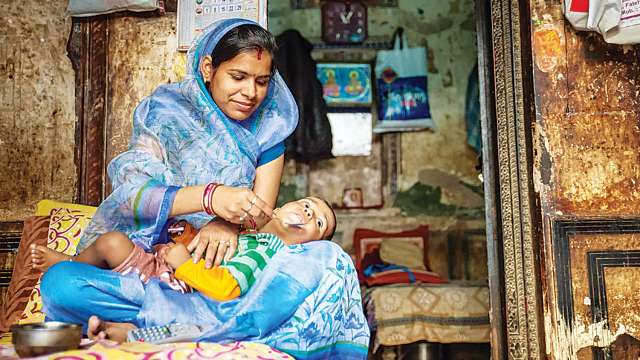Healthy Living
Unsafe abortions are third leading cause of maternal deaths

Twenty five years of practice and myriad medical cases later, one has come to realise that misinformation, myths and stigma remain a formidable challenge for the medical fraternity.
As a gynaecologist, one has encountered several pregnancy prevention and assistance cases riddled with misconceptions. Couples would often come in mentioning that the alignment of their stars must also be considered for them to be able to conceive!
Others would express resistance in adopting contraceptive methods – such as a Copper-T, an intrauterine device used for birth control, for the ill-conceived fear of it travelling to their brain. These myths often guide or influence one’s behaviour, compromising the health and well being of a family, especially its women members.
A woman’s ability to exercise her choice, control her own body, and access the information and health services she needs — regardless of where she lives, her income level, or her ethnicity — is a fundamental right.
Women’s sexual and reproductive health rights (SRHR), therefore, determine her right to choose. These rights face many barriers such as biases, stigma and misconceptions.
In the absence of adequate information, informed choices can seldom be made. Family planning, despite being closely linked to reducing maternal and infant mortality, is still considered a taboo topic by many.
Temporary contraceptive methods such as male condoms, Copper-Ts, injectable contraceptive (Antara) –allow couples to delay and space children and yet are talked about only in hushed whispers.
Female sterilisation, a permanent method of family planning, continues to be a preferred contraceptive choice, especially in rural areas with many deeming it to be a “decent choice”.
This is also reflected in the National Family Health Survey (NFHS 4), which shows that the use of any modern method of family planning decreased by six per cent.
Fewer women are using modern methods of contraception. Cessation of menstrual blood, loss of virility, risk of contracting sexually transmitted infections and other such myths have dissuaded people from adopting these methods.
This declining trend can, however, be overturned if access to family planning information is enhanced and myths about contraceptive use are addressed. Trained professionals such as doctors, accredited social health activists (ASHAs) and auxiliary nurse midwives (ANMs) must ensure that discussions on contraceptives also delineate fact from fiction regularly.
With most taboos and misconceptions being hearsay, these must be clarified, deliberated upon and discussed regularly. In the same breath, doctors and other trained professionals must ensure patients know about the use of contraceptives and the accompanying side-effects.
As they say, a little knowledge is a dangerous thing.
In the absence of women having access to temporary and modern contraceptive methods, pregnancies are often unplanned.
An unplanned or unintended pregnancy, understandably, leads women to choose whether or not they would like to abort it. In 2017, the Supreme Court of India, affirmed women’s rights over their bodies and reproductive choices, in its historic judgment on the right to privacy. Why then do women struggle to access abortion services?
Accessing abortion in India is not easy. In addition to the limited awareness women have about abortion and its legality – they are also faced with stigma, limited availability of information and shortage of providers.
Confronted with such barriers, many women who are determined to get an abortion, then turn to unqualified providers and unsafe methods, very often risking not only their health, but their lives.
The last available estimate from 2001 show that unsafe abortions are the third leading cause of maternal deaths in the country – deaths that can be averted by ensuring that women have access to SRH information and services.
According to a study published in The Lancet, of the 48.1 million pregnancies in 2015, half were unintended. About 15.6 million of these were terminated. Most of these abortions took place outside of any health facility, without any medical supervision, and are potentially unsafe.
No woman should have to feel ashamed about and risk her life seeking a health service. A woman’s ability to be able to make her own decisions about her body are central to her health and her well-being. We, as women, can only make these decisions when we are empowered with the information and services across the SRH spectrum – from contraception to abortion. Exercise your right to information and your right to choose.





























